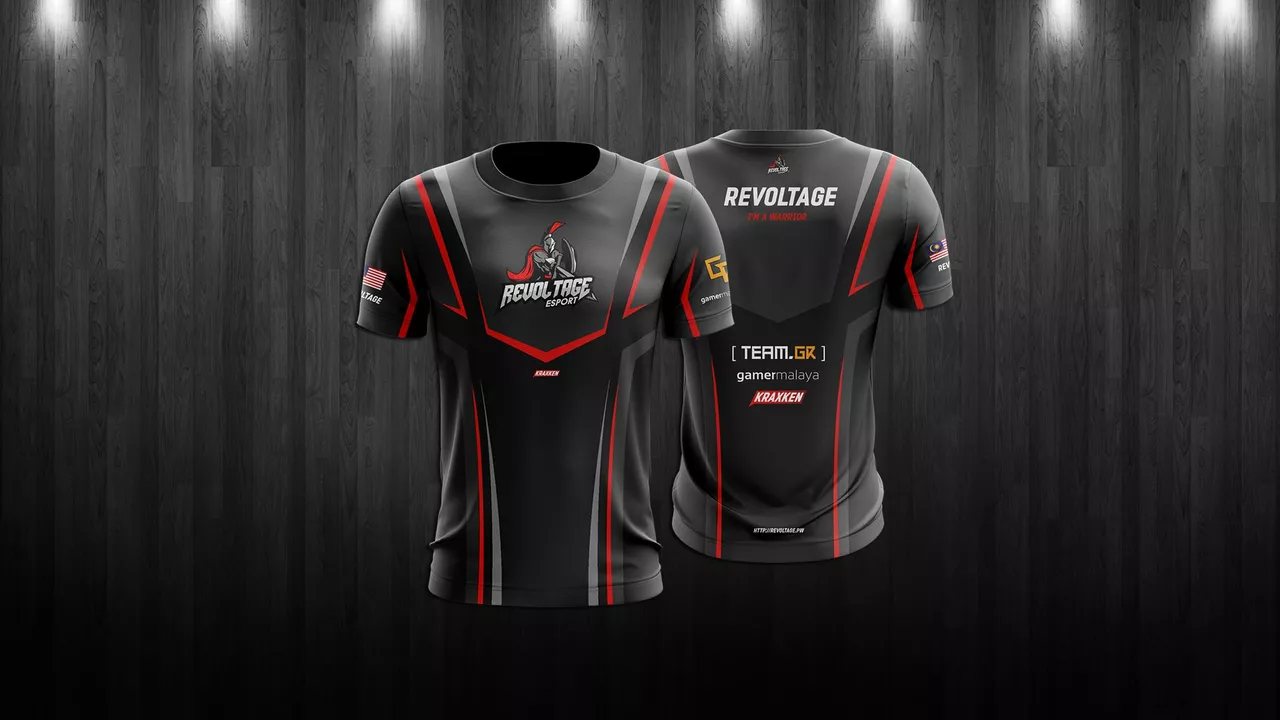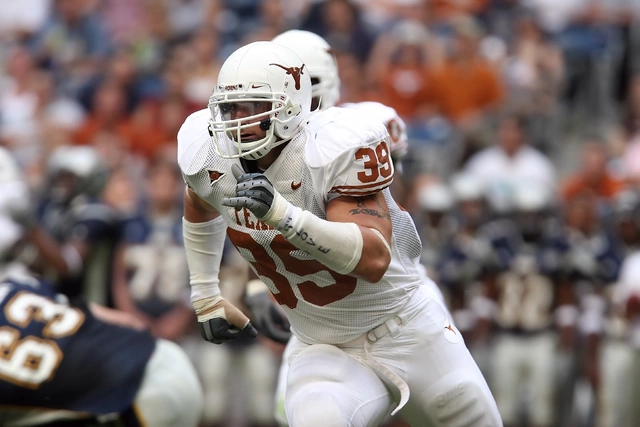Sportswear Essentials for Soccer Players – What to Wear on the Pitch
Ever wonder why some players look comfortable while others struggle in the same weather? It usually comes down to the right sportswear. The right kit keeps you dry, helps you move, and can even boost confidence. Below you’ll find straight‑forward advice on picking the best gear without getting lost in jargon.
Choosing the Right Soccer Kit
First, think about fabric. Modern polyester blends pull sweat away and dry fast, so you stay cool on hot days and warm when it rains. Avoid heavy cotton – it gets soggy and heavy fast. Look for a fit that’s snug but not squeezing; you need freedom of movement for quick turns and sprints.
Next, match the kit to the climate. For winter training, layered shirts with a thin, wind‑proof shell work well. In summer, go for short‑sleeve tops with mesh panels. Bottoms should have a reinforced seam at the inner thigh because that area takes the most wear.
Shoes are a big part of the kit. If you play on natural grass, choose studs that are short and rounded – they give grip without digging in too deep. For artificial turf, longer, conical studs spread pressure better. Make sure the cleats fit snugly around the ankle; a loose shoe can cause ankle twists.
Don’t forget the small stuff. Proper shin guards fit snugly and cover the tibia fully. A good pair of breathable socks reduces blisters and helps the boot stay in place. A lightweight training jacket with zip pockets can hold a phone or water bottle without weighing you down.
Caring for Your Gear
Keeping sportswear in top shape is easier than most think. After a match, rinse shirts and shorts in cold water to avoid setting stains. Skip the dryer – tumble dry can shrink polyester blends and ruin stretch. Hang them to air‑dry in a shady spot.
Footwear needs regular attention too. Clean the studs after each game to remove mud and stones; a stiff brush works well. Let the shoes air out overnight before you store them, and use a shoe tree if you have one to keep the shape.
Shin guards and socks should be washed separately on a gentle cycle. Avoid bleach – it can break down the fabric’s elasticity. If a sock gets a hole, you can usually patch it with a bit of fabric tape and keep using it for a while.
Finally, rotate your gear. Having at least two sets of shirts, shorts, and socks means you always have a fresh pair ready, and it gives each set time to fully dry between uses. This simple habit reduces odor and extends the life of every item.
With the right sportswear and a few care tricks, you’ll feel more comfortable on the pitch, play better, and save money by not replacing gear too often. Give these tips a try at your next training session and see the difference for yourself.

Alright, folks, let's dive into the world of soccer jerseys! Ever wondered what makes the best material for these athletic masterpieces? Well, it's none other than polyester. Yes, you heard it right, polyester! It's lightweight, durable, and manages to keep our sweat under control during those nail-biting moments. So, next time you're jersey shopping, remember, polyester isn't just for your grandma's couch, it's the MVP of soccer jersey materials! (Read More)





